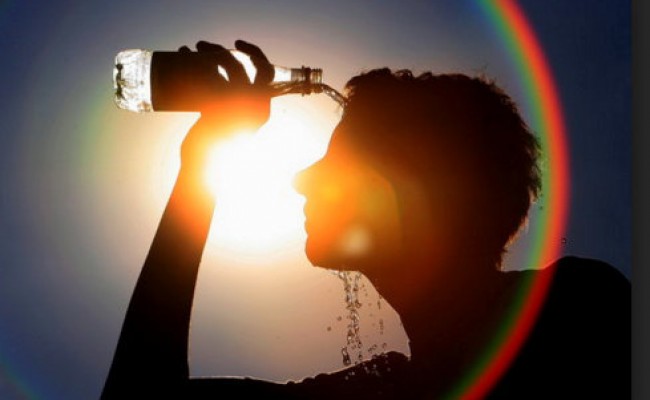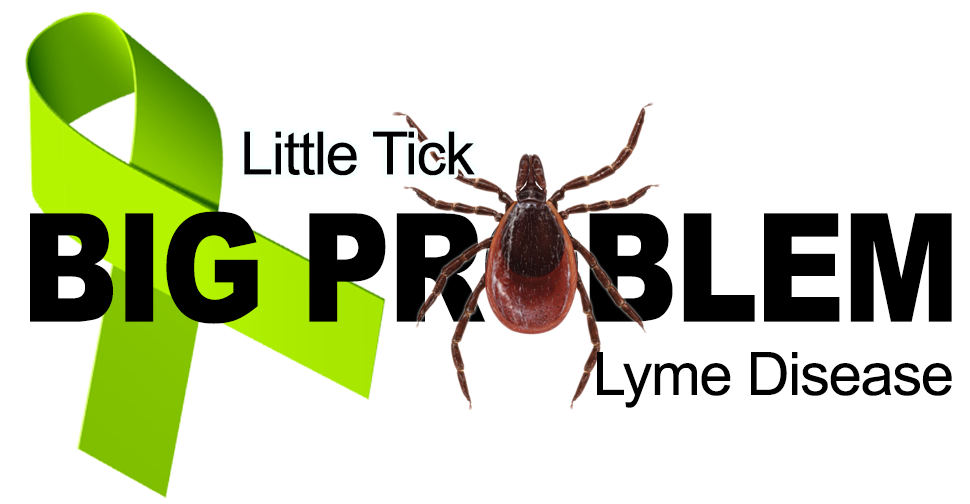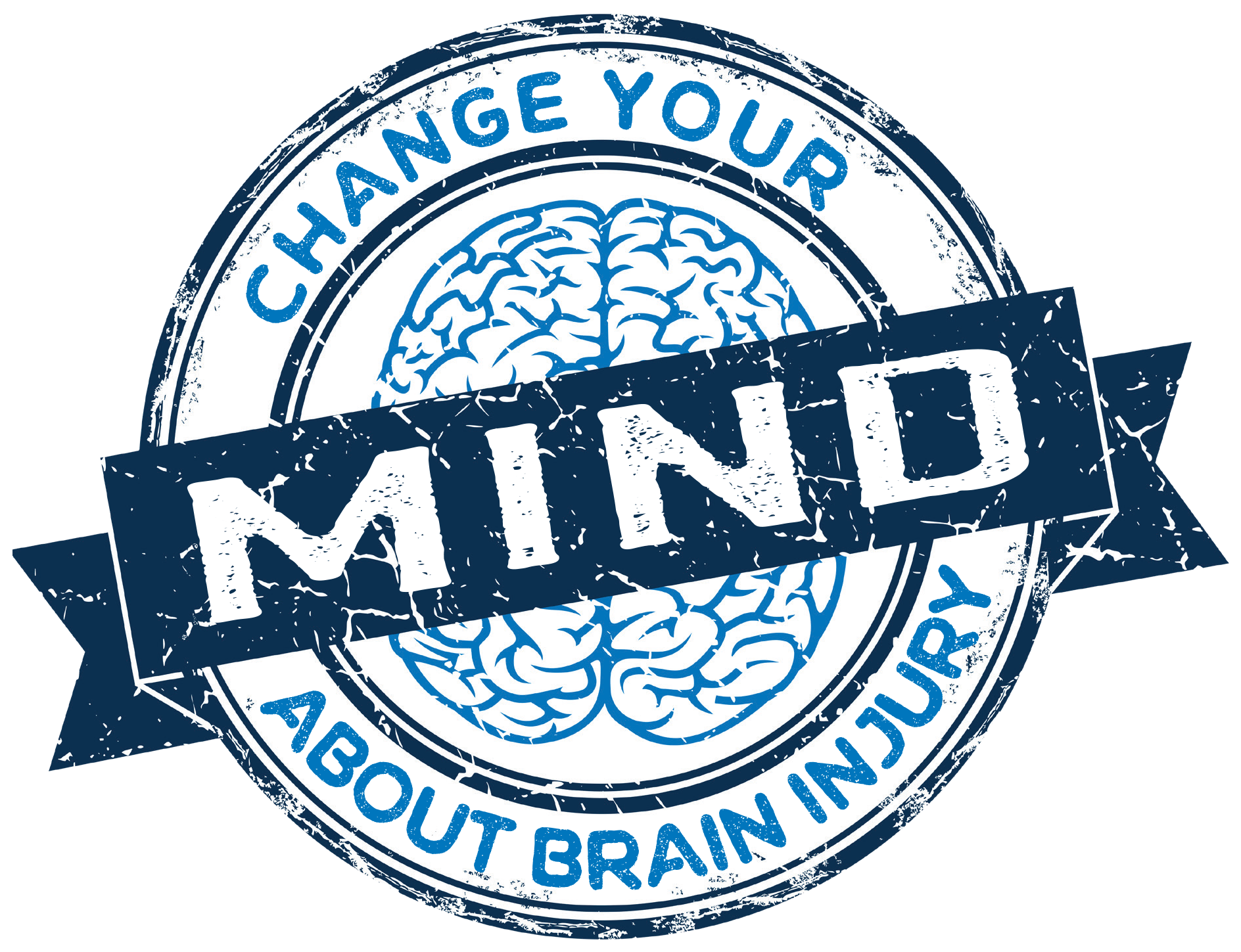Extreme heat happens when temperatures are much hotter and/or there is more humidity than normal. The following tips and links will help you and your loved ones stay safe during dangerous heat waves.
- Stay indoors in air conditioning as much as possible.
- Drink plenty of water during the day – don’t wait until you are thirsty!
- Outdoor workers should drink between two and four cups of water every hour while working.
- Avoid drinks with caffeine, alcohol or large amounts of sugar.
- Limit your outdoor activity to mornings and evenings and rest often in the shade.
- Wear light-colored and loose-fitting clothing, a hat, sunglasses and an SPF15 or higher sunscreen.
- Check on those who may be more at risk from high temperatures like:
- Infants and young children
- People aged 65 or older
- People with chronic medical conditions
- Never leave your children or pets in a vehicle.
- Know the following symptoms of heat stroke, a life-threatening, heat-related illness:
- An extremely high body temperature (above 103°F)
- Red, hot and dry skin (no sweating)
- Rapid, strong pulse
- Throbbing headache
- Dizziness
- Nausea
- Confusion
- Unconsciousness
- If you think someone has a heat stroke:
- Call for emergency medical attention
- Get the victim to a shady area
- Cool the person rapidly (put them in a tub of cool water, place them in a cool shower, spray them with a garden hose, sponge them with cool water, etc.)
- Do not give the victim any fluids (like water) to drink
- Know the symptoms of heat exhaustion:
- Heavy sweating
- Paleness (skin is a lighter color than normal)
- Muscle cramps
- Tiredness
- Weakness
- Dizziness
- Headache
- Nausea or vomiting
- Fainting
- Help the victim cool off and seek medical attention if:
- Symptoms are severe
- Symptoms last more than one hour
- The victim has heart problems or high blood pressure
During extremely hot weather, “cooling stations” may be opened across Pennsylvania for individuals without air conditioning. To find out if there are cooling stations in your area, please contact the appropriate agency below.
Pennsylvania’s 52 Area Agencies on Aging (AAA)
Allegheny County Health Department
412-578-8026
Allentown Bureau of Health
610-437-7760
Bethlehem Health Bureau
610-865-7087
Bucks County Department of Health
215-345-3318
Chester County Health Department
610-344-6225
Erie County Department of Health
814-451-6700
Montgomery County Health Department
610-278-5117
Philadelphia Department of Public Health
215-686-5000
Wilkes-Barre City Health Department
570-208-4268
York City Bureau of Health
717-849-2252/2299
To view a PDF version of this article, click here.
Source: PA Department of Health




